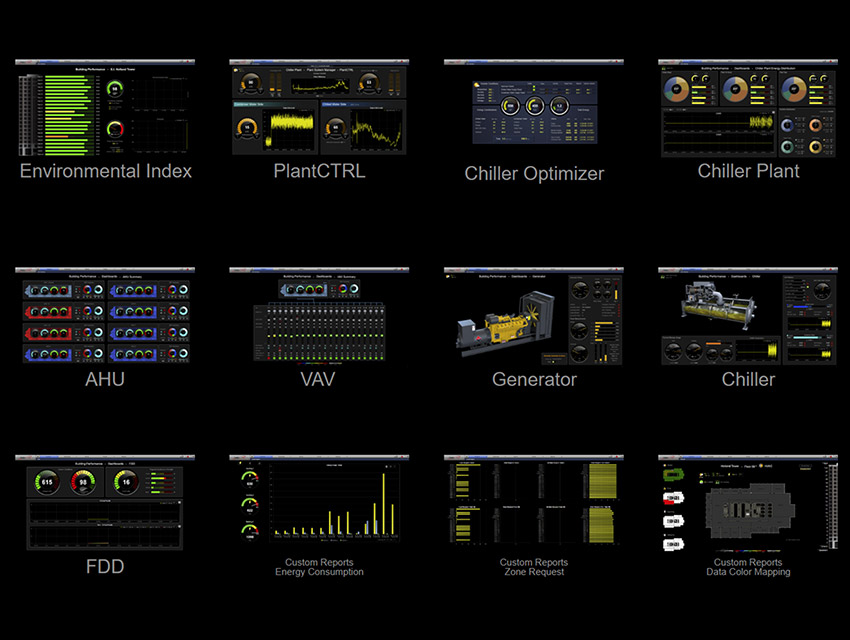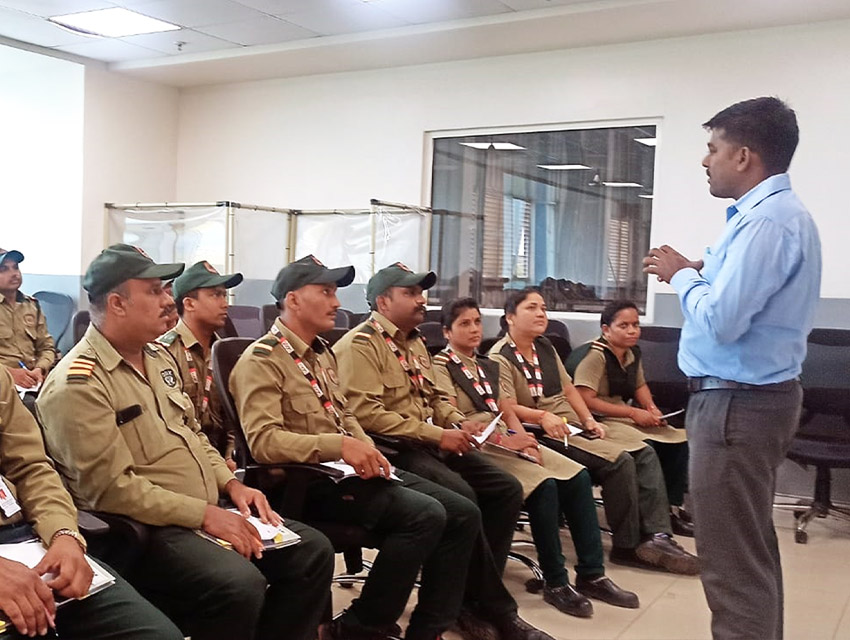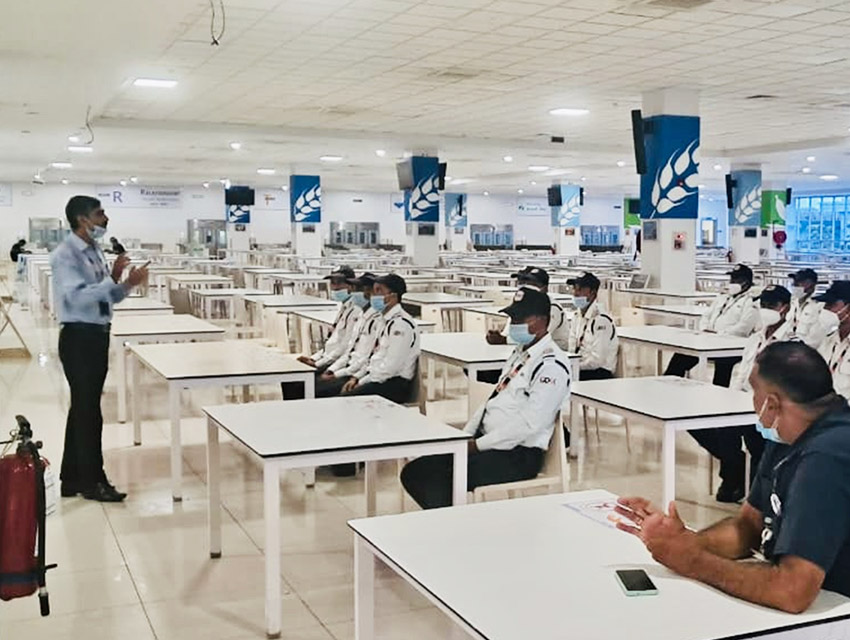BUILDING INFORMATION MODELLING (BIM) FOR FACILITIES MANAGEMENT: LEADING TO DIGITAL SUSTAINABILITY
BIM is a digital representation of physical and functional characteristics of a facility. This is all about information that is built up starting from designing phase to construction and finally operations & maintenance. BIM indeed is gaining traction across the world, so how can BIM model be advantageous to facility managers?
BIM is not a technology, rather it is the way in which the model is produced, shared and used throughout the entire project life cycle. And for Facilities Management (FM) professionals, it means working on the same model beyond the construction phase.
Effective FM includes the ability to achieve real-time access to accurate information on building facilities. Knowing instantly about your assets and how things can be fixed correctly for providing quick & effective responses to various complex problems.
Smart FM professionals are always able to plan building systems that require preventive maintenance, and understand the real-time health conditions of the operations systems with the help of BIM that integrates real-time data.
The BIM development process is usually planned and defined in the BIM Execution Plan (BEP), to ensure that all parties involved have access to shared data and platform. Data exchange formats need to be agreed by the entire value chain, collaborating and contributing to the Information Delivery Process.
A methodical 3 steps approach is conducted to help the building owner in:
- Organisational Information Requirements or OIR – By defining and identifying information requirements at Strategic Level
- Assets Information Requirements or AIR – By achieving information requirements at Operational Level
- Employer Information Requirements, EIR – How this could be specified in the Tender Specifications






